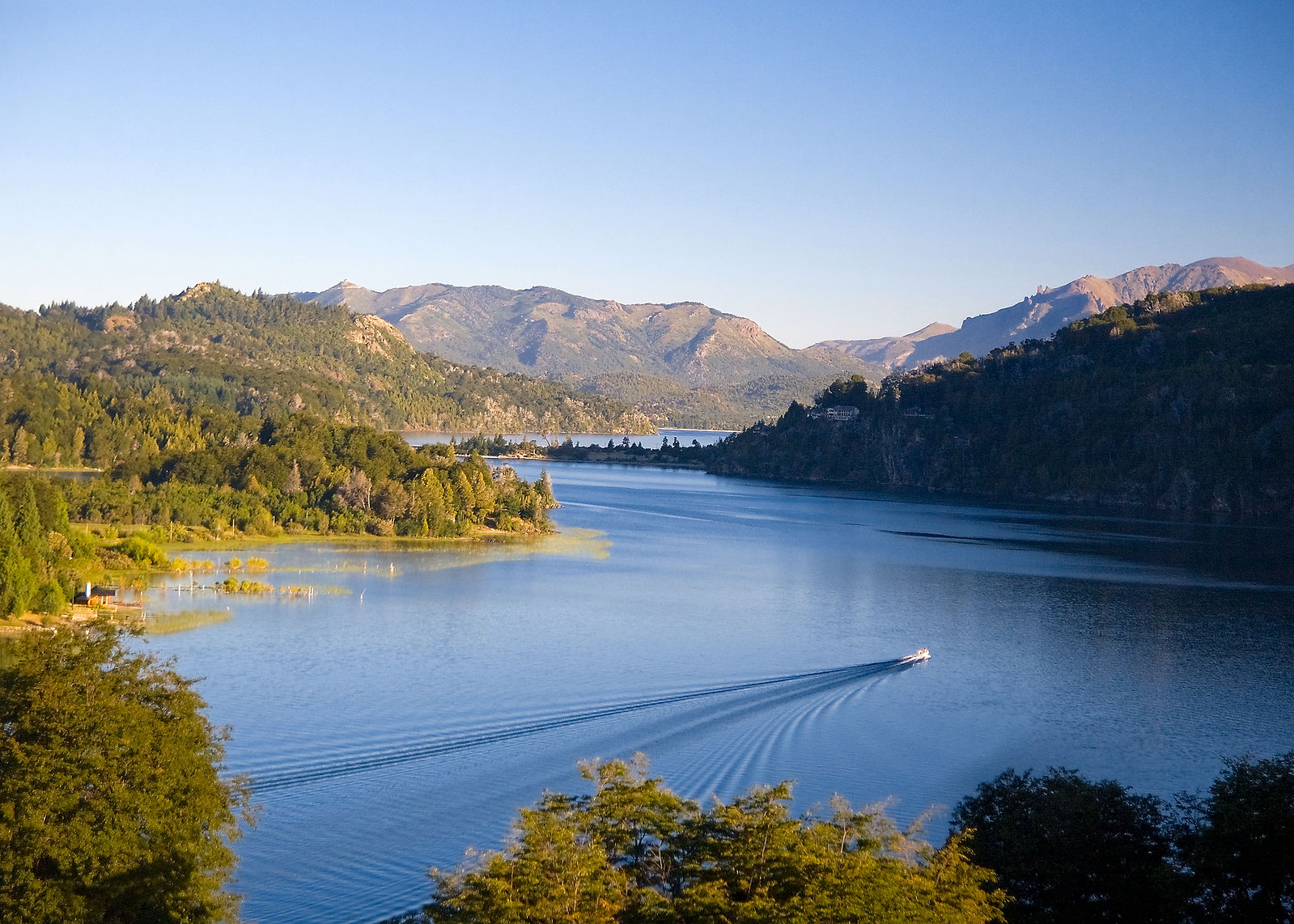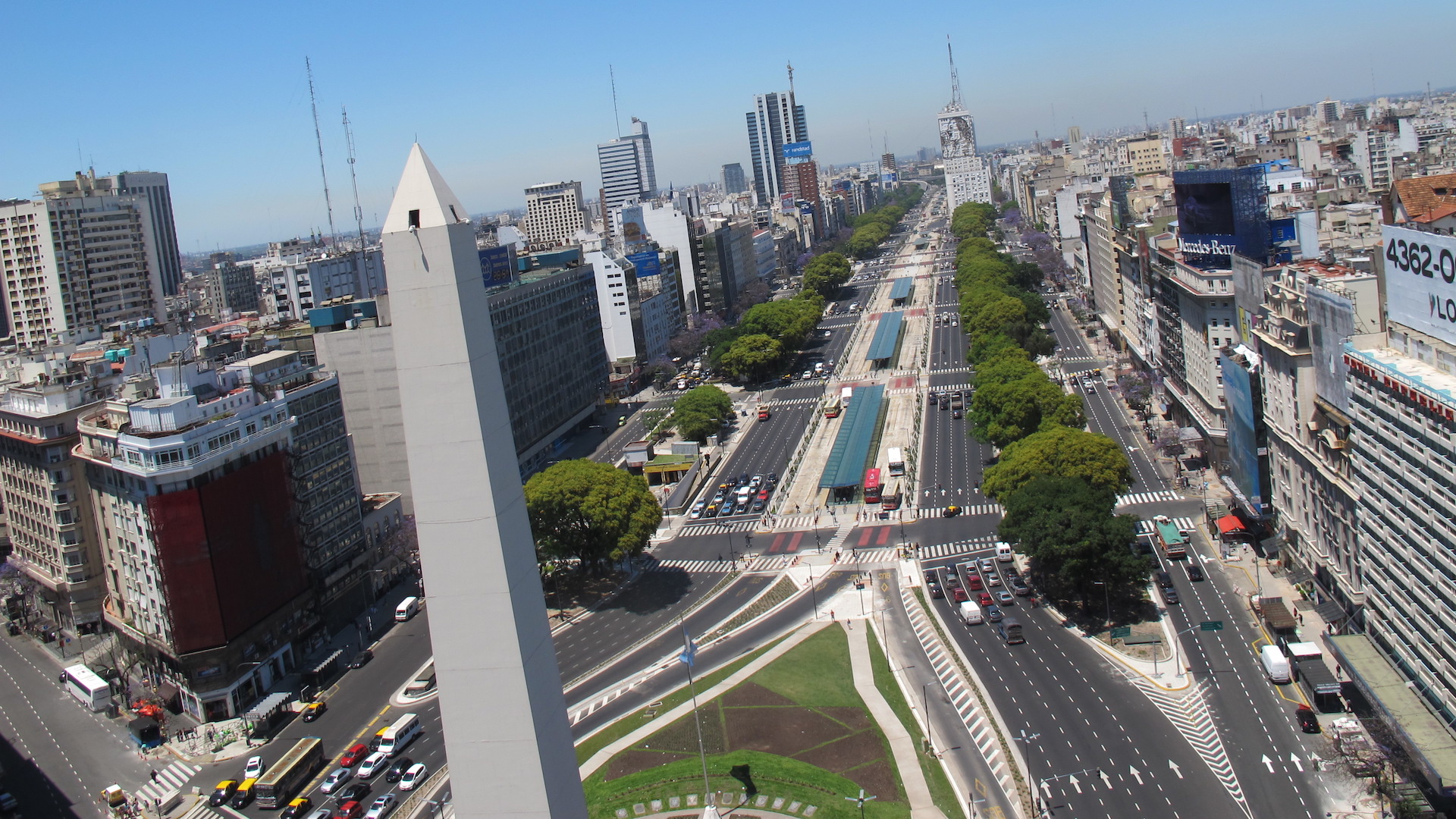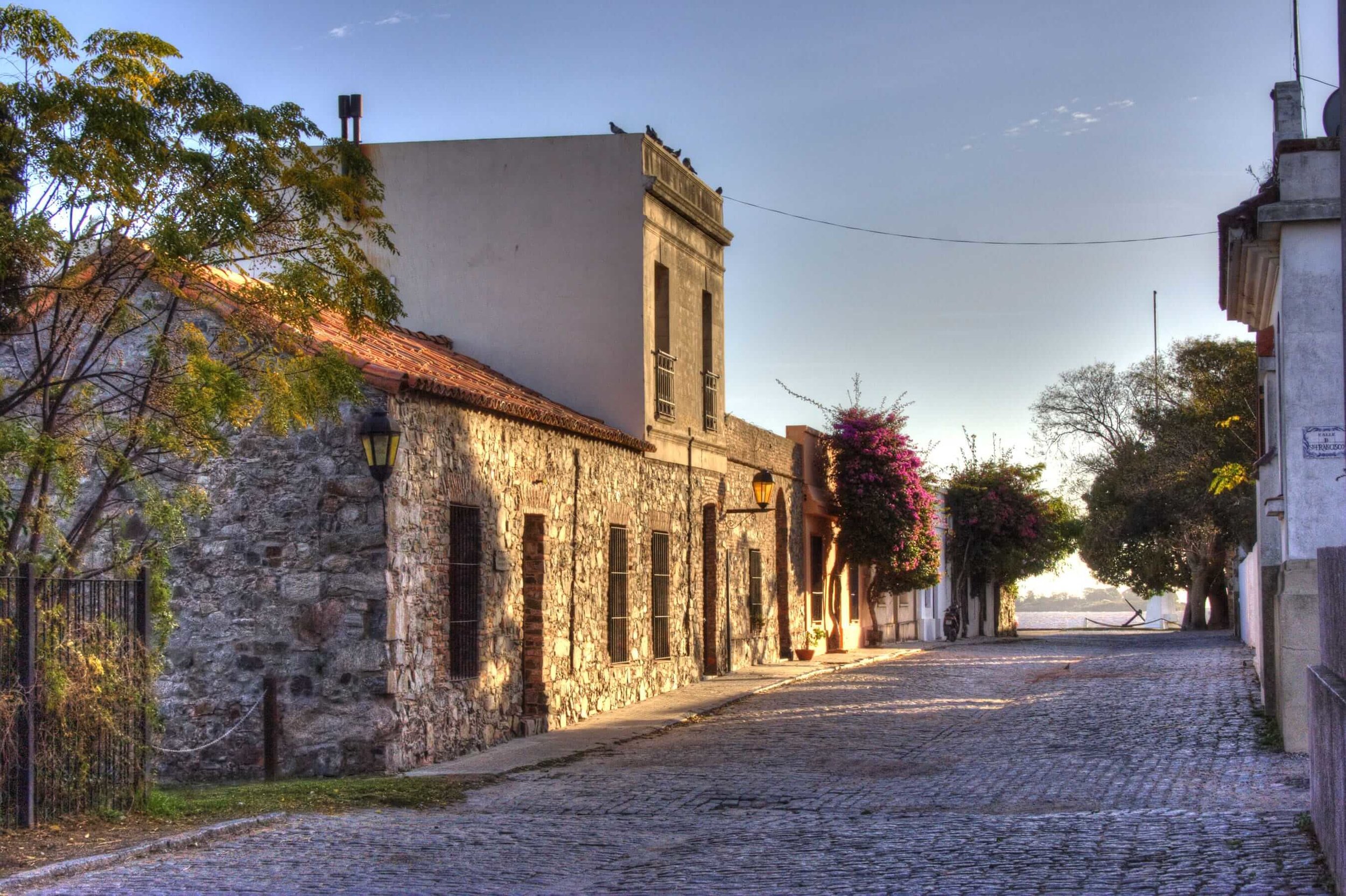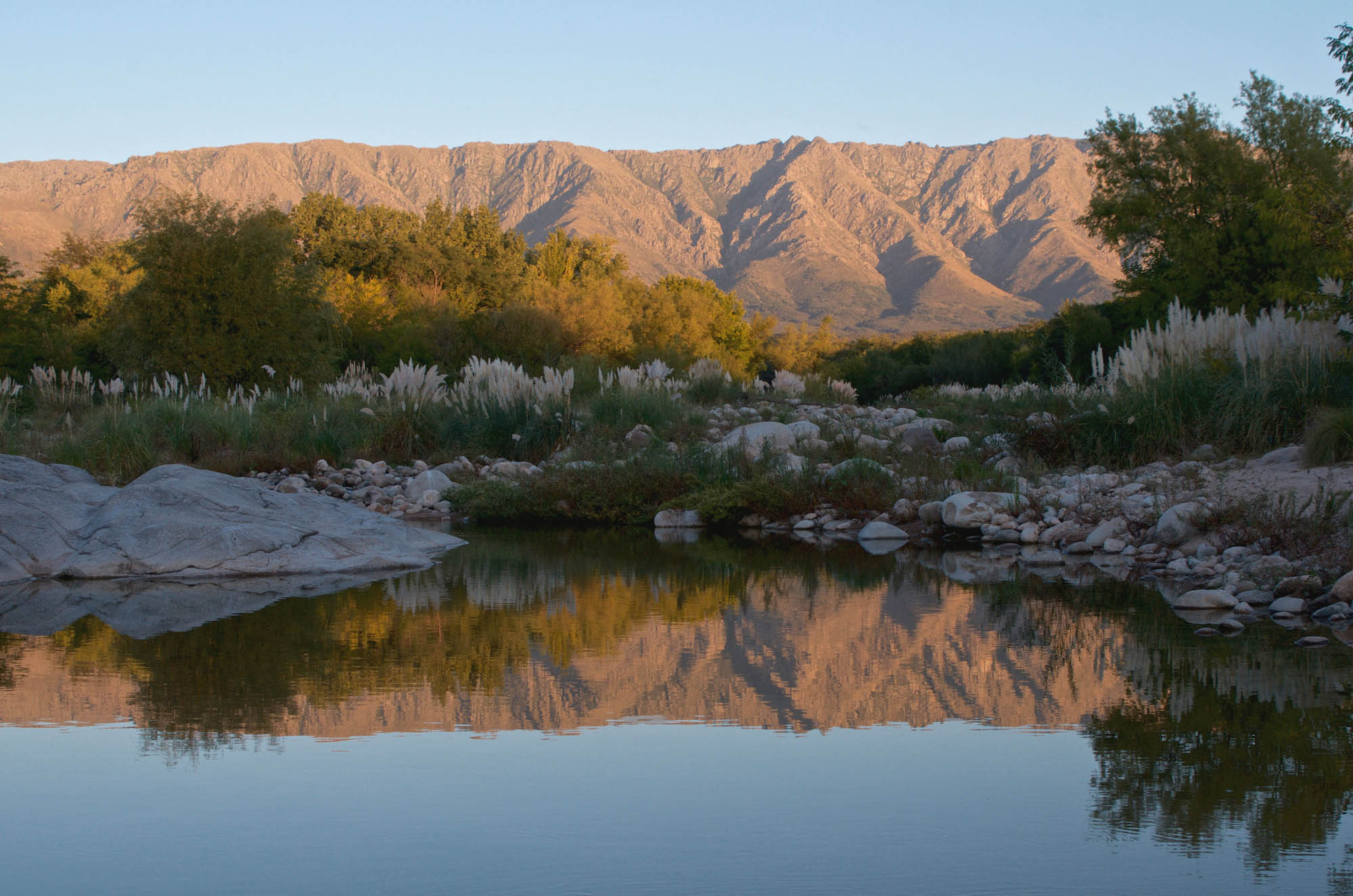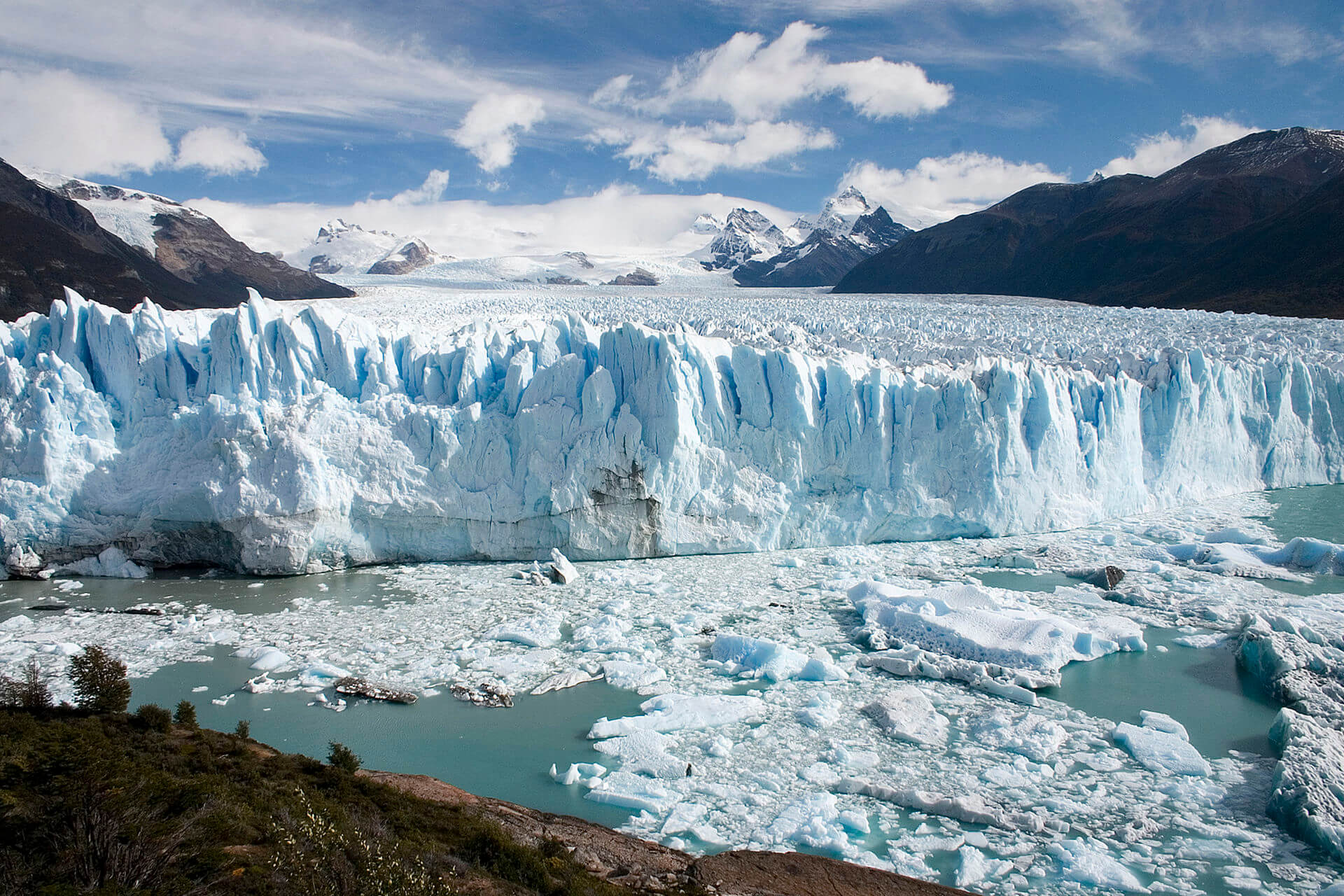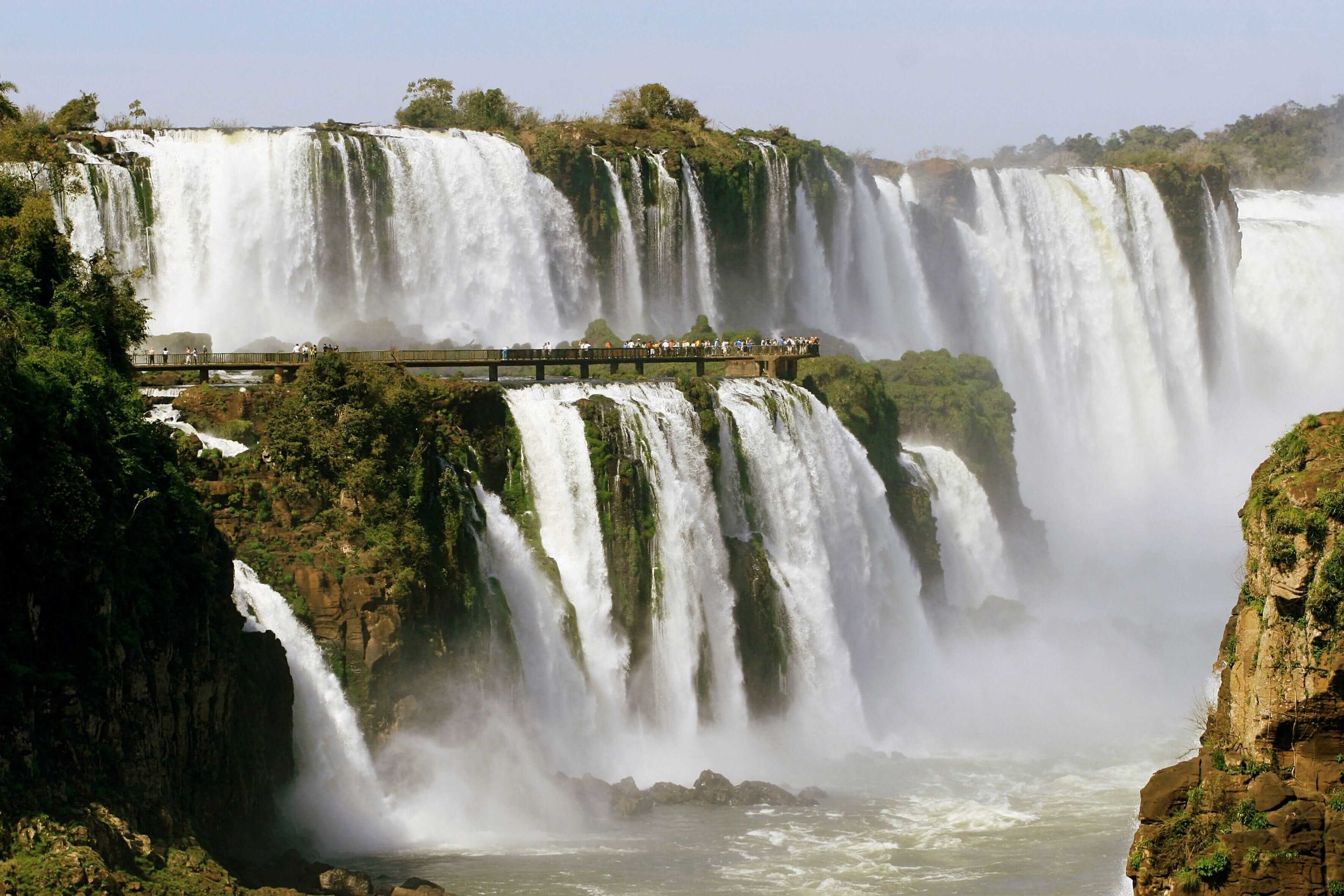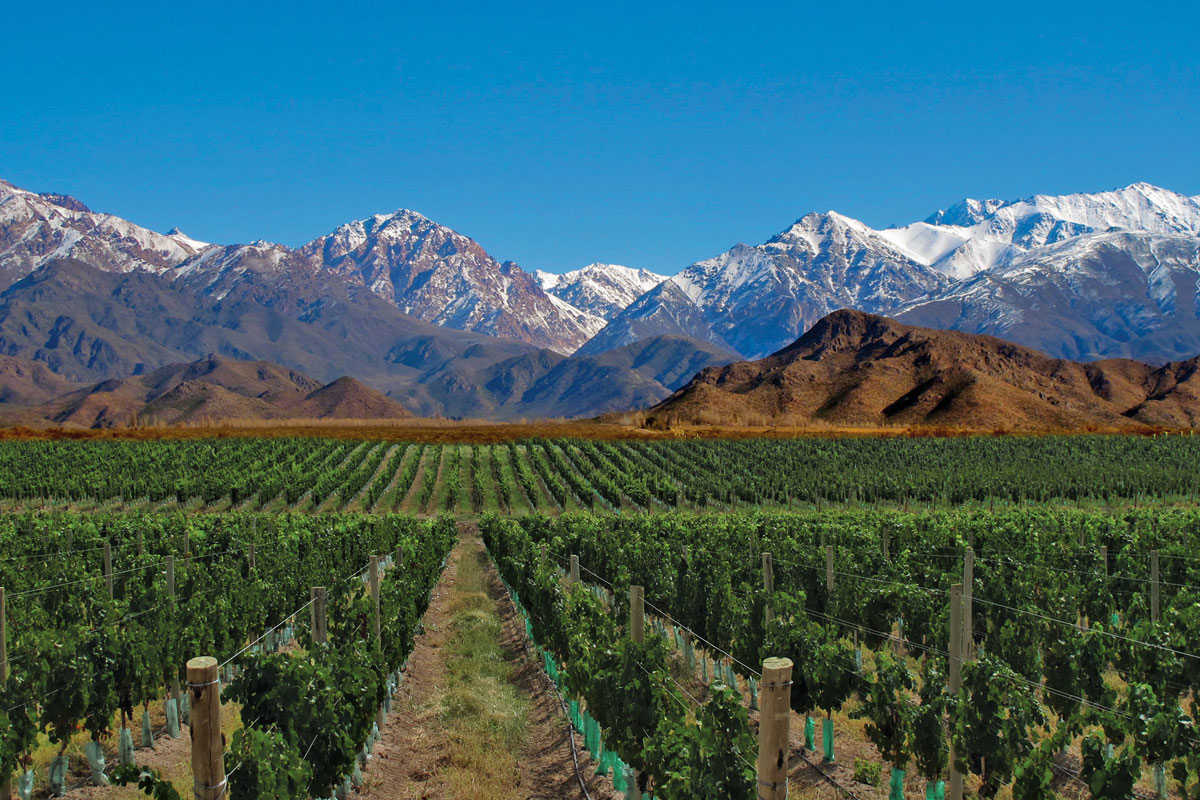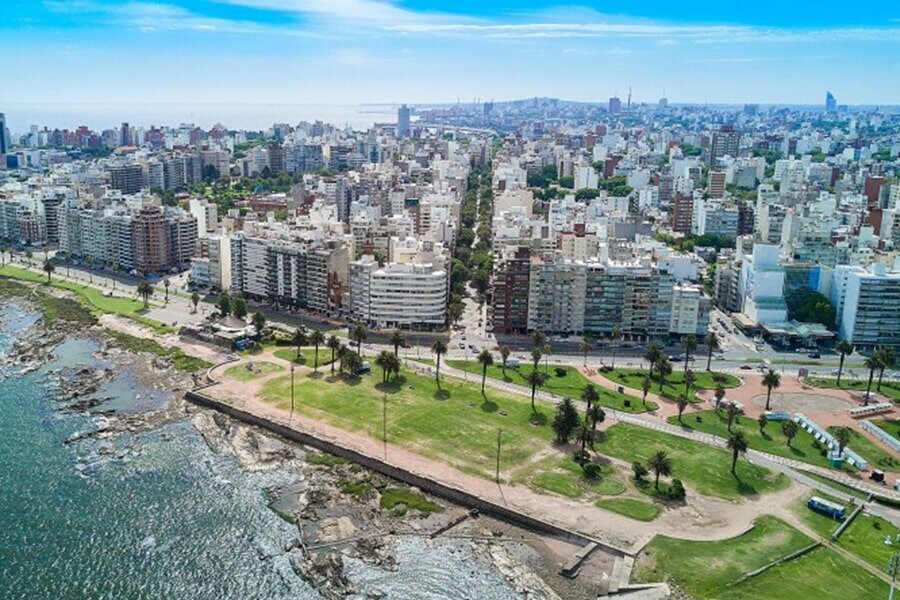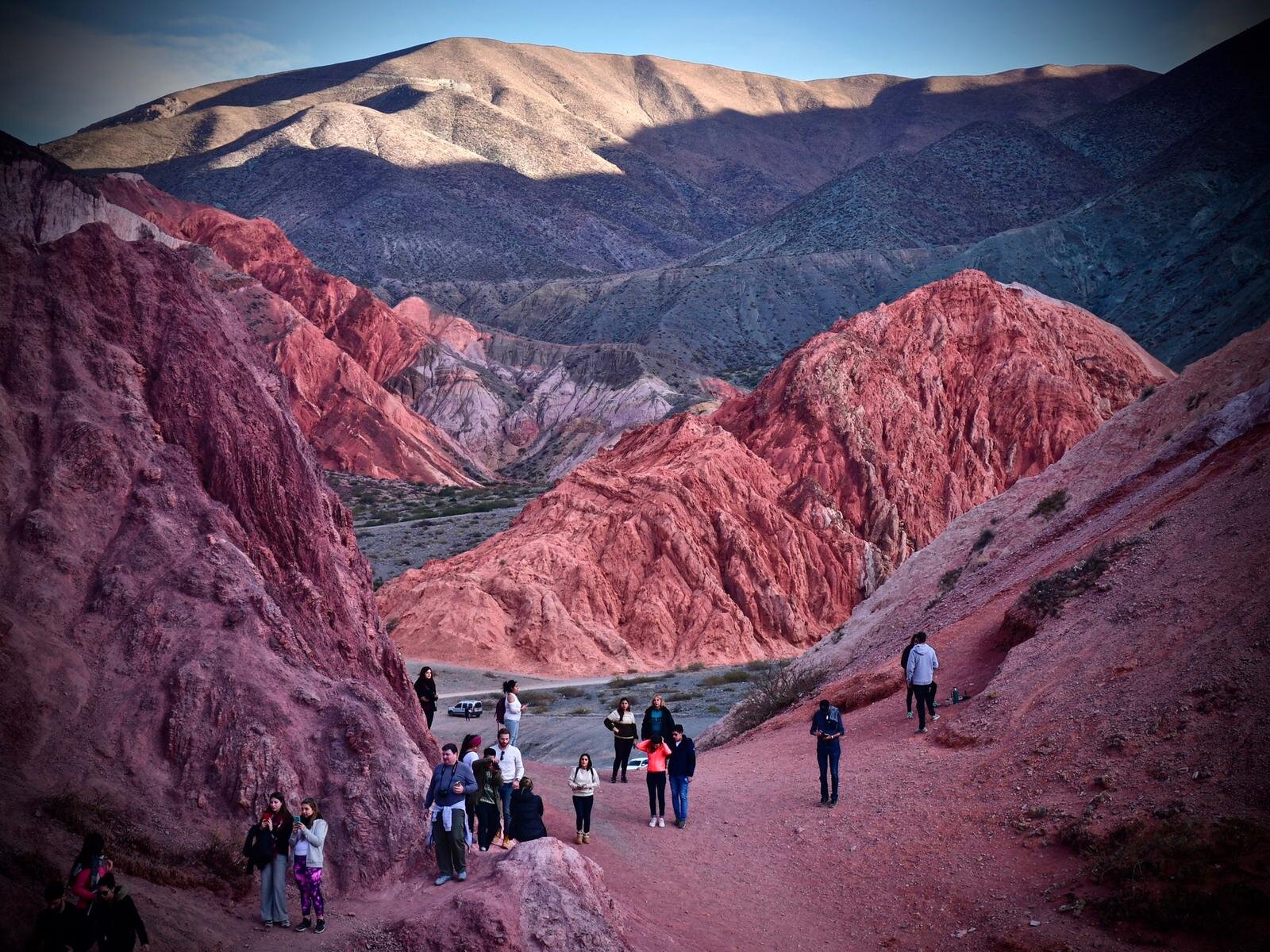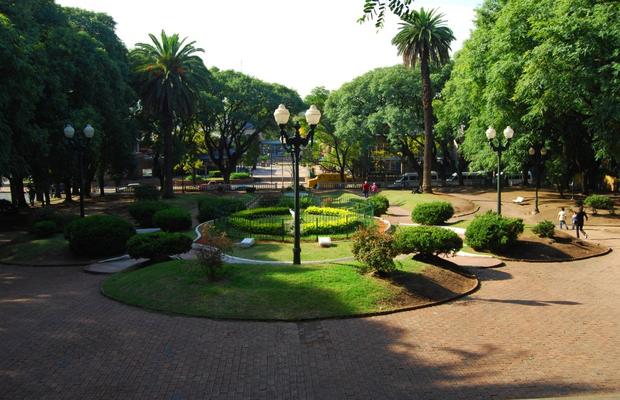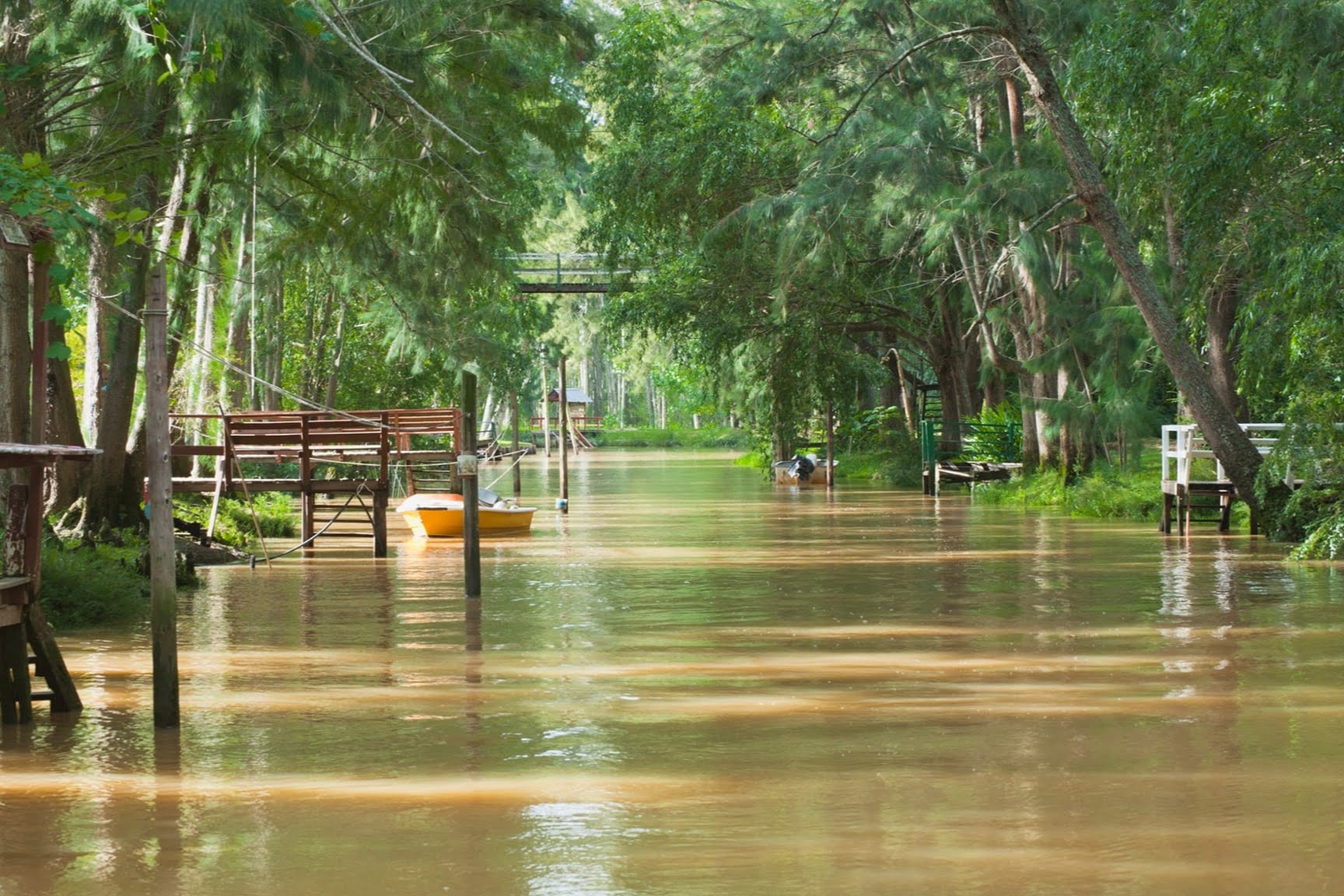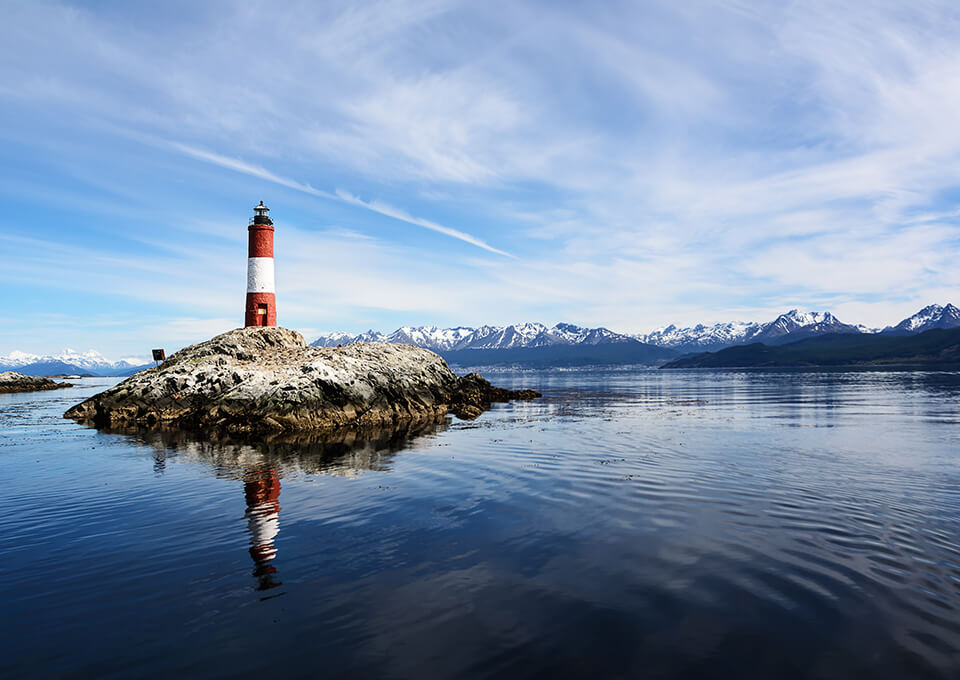BUENOS AIRES GUIDE: Neighborhoods • Museums • Nature and Outdoors • Arts and Music • Sports • Shopping • City Tours • Off the Beaten Path
Buenos Aires City: Puentes Destination Guide
Called the “Paris of South America,” Buenos Aires is one of the most cosmopolitan cities of South America and has cultural offerings for everyone, ranging from a myriad of restaurants and historical sites to expansive city parks. It has enough entertainment options to keep you satisfied for a lifetime, and indeed, many who visit end up staying forever. The city has a population of 3.1 million people, with a metro area containing 12 million more, so it is the bustling hub of the country and offers a fast-paced backdrop to work and life.
On the streets of “Capital Federal,” as it is known by the “porteños” (the residents of the city), you might hear different languages, you’ll try different types of international cuisine, and you’ll find pockets of “barrios” (neighborhoods) that are made of people of different ethnicities. In this sense, Buenos Aires truly is a global city. But at its core, its protagonists are the “porteños” - a proud and friendly people who will welcome you into their city and share its splendor with you. While they might heavily debate the pros and cons of the government and politicians, they’ll also be the first to proudly tell you all the wonderful things that Buenos Aires has to offer.
Puentes Map of Buenos Aires
Map Sections:
Museums
Parks & Outdoor Markets
Things to Do
Shopping
Cafes & Restaurants
Bars & Nightclubs
Sports
Destinations
BUENOS AIRES GUIDE: Neighborhoods • Museums • Nature and Outdoors • Arts and Music • Sports • Shopping • City Tours • Off the Beaten Path
HOw to get there
Getting to Buenos Aires is easy and accessible thanks to its two major airports and ferry services. Ministro Pistarini International Airport (EZE) handles most international flights and is located about 45 minutes from the city center. For domestic flights and some regional routes, Aeroparque Jorge Newbery (AEP) is situated conveniently downtown, in Palermo. Travelers from Uruguay can also take the ferry Buquebus, a scenic and popular option that connects Buenos Aires with cities like Montevideo and Colonia del Sacramento. Whether by air or water, reaching Buenos Aires is seamless and well-connected.
WHERE TO STAY
Buenos Aires boasts a variety of vibrant neighborhoods, each offering a unique experience for visitors. Recoleta is an upscale area known for its European-style architecture, luxurious hotels, and cultural attractions like the famous Recoleta Cemetery and Museo Nacional de Bellas Artes. Palermo, the city's largest and trendiest neighborhood, is divided into sub-areas like Palermo Soho and Palermo Hollywood, where you’ll find boutique shops, trendy cafes, and lively nightlife. For a quieter, residential feel, Belgrano offers tree-lined streets, elegant houses, and a mix of modern and historic charm, along with excellent dining and shopping options. These neighborhoods are ideal for staying in Buenos Aires, offering safety, comfort, and easy access to the city's highlights.
Neighborhoods
BUENOS AIRES GUIDE: Neighborhoods • Museums • Nature and Outdoors • Arts and Music • Sports • Shopping • City Tours • Off the Beaten Path
WHAT TO DO
Buenos Aires is a vibrant city brimming with endless activities to suit every interest. From world-class museums and historic sites to sprawling parks and outdoor adventures, the city offers a perfect blend of culture and nature. Whether you’re exploring its thriving arts and music scene, watching or playing an exciting sport, indulging in shopping at chic boutiques and bustling markets, or engaging in community service activities, Buenos Aires has something for everyone to enjoy.
Museums
Excellent museums can be found throughout the city of Buenos Aires. The following is a list of some of the not-to-be-missed museums:
MALBA: Short for Museo de Arte Latinoamericano de Buenos Aires, this collection aims to preserve, research and promote Latin American art from the onset of the 20th century to the present. Its installations are constantly in rotation so that there is always something new and interesting to see. Avenida Figueroa Alcorta 3415, Palermo.
Museo Nacional de Arte Decorativo: Housed in a palatial home from the Golden Age of Argentina, this museum boasts some of the finest and most ornate period piece furniture from the 19th and early 20th century. Ostentatious jewelry, ancient Greek and Roman busts, and finely crafted silver accessories round out the collection. Av. del Libertador 1902, Palermo.
Colección de Arte Amalia Lacroze de Fortabat: Amalia Lacroze de Fortabat was an heiress to a railroad fortune and spent her golden years as a philanthropist and art collector. Rodin, Klimt, and Warhol are just a few of the names that you'll find in her collection. Olga Cosettini 141, Puerto Madero.
Museo Casa Rosada: This museum is housed behind and beneath the Casa Rosada in what was originally the fortress protecting the city. Great brick and mortar archways remain untouched, and within you'll find relics of Argentine presidents and exhibits of the country's colorful past. Balcarce 50, Montserrat.
Museo Histórico Nacional: Contained within Parque Lezama, where the city of Buenos Aires was originally founded, as its name suggests, it contains many historical documents, and belongings of the forefathers of Argentina. A must for any history enthusiast. Defensa 1600, San Telmo.
Museo de Bellas Artes: Opened in 1896, El Museo de Bellas Artes is one of the classic museums of Buenos Aires. Here you will find Van Goghs, Rembrandts, elegant marble sculptures, and everything in between. Its convenient location in Recoleta just across from Plaza Francia. Avenida del Libertador 1473, Recoleta.
Museo Evita: Perhaps no one in history has captivated the imagination of the Argentine people as much as Eva Duarte de Perón, who rose from poverty in the small town of Los Toldos to become an actress in Buenos Aires and eventually the First Lady of Argentina. This museum is dedicated to her life and memory. Lafinur 2988, Palermo.
Museo Benito Quinquela Martín: Quinquela Martín is considered the greatest of all Argentine painters. He became famous for his impressionist portraits of the Riachuelo in the neighborhood of La Boca. His talents, recognized by the President of Argentina Marcelo T. Alvear, led to stints in Paris and New York where he gained worldwide fame. Av. Don Pedro de Mendoza 1835, La Boca.
Museo Xul Solar: An expressionist and surrealist painter, sculptor, and writer, Xul Solar was an important figure of 20th century Argentine art. His home and studio have been converted into a museum dedicated to his life’s work. Laprida 1212, Almagro.
BUENOS AIRES GUIDE: Neighborhoods • Museums • Nature and Outdoors • Arts and Music • Sports • Shopping • City Tours • Off the Beaten Path
Nature and Outdoors
Buenos Aires has many parks within the city. The Costanera Norte is located along Avenida Rafael Obligado and has recreational complexes that offer tennis, swimming, golf, basketball, soccer, windsurfing, sailing, and others spots. There is also the Bosques de Palermo, a conjunction of multiple parks that extend east from Palermo to Belgrano and has tons of jogging and biking trails. Within these parks, there is a planetarium, several lakes, the “Rosedal” (Rose Garden), the “Jardín Japonés” (Japanese Garden), and the horse racetrack. Also in Palermo, you can visit the “Jardín Botánico” (Botanical Garden) and the “Ecoparque” right next to each other. There is also a span of green space east of Palermo heading toward Recoleta, near the Museo Nacional de Bellas Artes, and don’t miss the amazing “Reserva Ecológica” in Puerto Madero.
BUENOS AIRES GUIDE: Neighborhoods • Museums • Nature and Outdoors • Arts and Music • Sports • Shopping • City Tours • Off the Beaten Path
Arts and Music
theater
There are many theaters in BA, such as the below:
Teatro Colón (historic and stunning opera house)
Complejo Teatral de Buenos Aires (theater performances)
Centro Argentino de Teatro Ciego (theater based on sound and taste)
Teatro Cervantes (stage and comedy theater)
Ticketing platforms
Tango and Live Music
Buenos Aires has a vibrant and eclectic music scene. Don’t miss out on seeing (and dancing!) tango, as well as checking out other music venues throughout the city.
La Viruta (tango classes and dance hall at Armenia 1366)
La Catedral (tango classes and dance hall at Sarmiento 4006 and Medrano)
Luna Park (midsize arena for bigger name concerts)
Thelonius (jazz club)
La Bomba de Tiempo (drum circle)
Orquesta Típica Fernández Fierro (tango rock)
The Roxy Live Bar (rock scene)
Cultural Centers
These cultural centers often offer art exhibitions, music shows, classes, and other engaging cultural activities.
BUENOS AIRES GUIDE: Neighborhoods • Museums • Nature and Outdoors • Arts and Music • Sports • Shopping • City Tours • Off the Beaten Path
Sports
Soccer
As three-time World Cup Champions, it’s no secret that Argentina’s primary passion is soccer. The six biggest soccer clubs are Boca Juniors, River Plate, Independiente, Racing, San Lorenzo, and Vélez Sarsfield.
Attending a soccer game is a great way to further immerse yourself in an important part of Argentine culture. You can buy tickets directly from the clubs or through tourist agencies such as Tangol.
While in Buenos Aires, you can play pick-up soccer games with BAFA (Buenos Aires Futbol Amigos). You can sign up directly from their website for your preferred date.
You might also like to learn more about the soccer culture and history by visiting the Museo de la Pasión Boquense, which is the museum for the very popular Boca Juniors soccer team, or the River Plate Museum and Stadium Tour of the famed River Plate soccer team.
Rugby
The national rugby team, Los Pumas, is a source of great pride. If you’re interested in playing, check out Club Ciudad (Av. del Libertador 5683, Núñez).
Horse Racing and Polo
The Hipódromo Argentino de Palermo (Av. del Libertador 4101, Palermo) is Argentina’s main racetrack. It’s free to enter, and has beautiful architecture. Check the schedule of races here.
Argentina is known as the world capital of polo, and the Campo de Polo de Palermo is often cited as the best field in the world.
Running
Click here for a guide to the city’s best running routes through Bosques de Palermo, Puerto Madero, Reserva Ecológica Costanera Sur.
Rock Climbing
Bien Alto (Malabia 538, Palermo) is a great place for indoor climbing.
Tennis and Paddle
Complejo El Circulo (Av. Sarmiento 4040, Palermo) has tennis and paddle courts. You can rent racquets here as well.
Golf
Campo de Golf de la Ciudad de Buenos Aires (Avenida Tornquist 6397, Palermo) is a good golfing venue in the city.
Yoga & Pilates
There are plenty of classes in every barrio. Call or walk into a studio to ask for a “clase de prueba” (trial class), which are generally discounted or free.
BUENOS AIRES GUIDE: Neighborhoods • Museums • Nature and Outdoors • Arts and Music • Sports • Shopping • City Tours • Off the Beaten Path
Shopping
The city has several shopping circuits, each offering different items: antiques in San Telmo, books on Corrientes Avenue, leather items in Retiro neighborhood, souvenirs in La Boca, and artesanal objects, clothes, and decorative elements in Palermo Soho.
Be sure not to miss the “ferias” (markets) in San Telmo on Sundays, in Recoleta on Saturdays and Sundays, and for a real taste of the Gaucho culture, the Feria de Mataderos on Sundays and public holidays, from 11am - 8pm. Buenos Aires also offers extended shopping hours, with the main malls staying open until 10pm. Some top malls are Galería Pacifico off Florida Avenue, Paseo Alcorta in Palermo, Alto Palermo in Palermo, Patio Bullrich in Recoleta, and the outlets in Villa Crespo along the street Aguirre.
BUENOS AIRES GUIDE: Neighborhoods • Museums • Nature and Outdoors • Arts and Music • Sports • Shopping • City Tours • Off the Beaten Path
Community Service
Buenos Aires, while rich in culture and history, faces significant social and economic challenges, including high poverty rates, hyperinflation, limited access to health services and food, and a shrinking labour market. Puentes collaborates with numerous NGOs that work tirelessly to bridge these gaps and improve the lives of vulnerable populations. From organizations focused on sustainability and environmental initiatives to those championing youth empowerment and education, there are countless opportunities to contribute meaningfully. These volunteer organizations offer activities that make a direct impact but also will help you gain a deeper understanding of the social issues affecting the city, fostering growth, empathy, and cross-cultural exchange.
Techo works to overcome poverty through the training and joint action of residents and young volunteers, promoting community development, influencing public policy, and building emergency residences in the most at-risk neighborhoods. Check available volunteer days.
Manos en acción strives for social inclusion and community development for children and families in vulnerable situations. Their staff and volunteers provide meals and after-school care for youth, the offer training programs for adolescents and adults, and provide support for local entrepreneurs. Contact Kelly and Jimena Bladsoe.
America Solidaria works collaboratively with the most excluded communities on the continent to promote the empowerment of children and adolescents in exercising and defending their rights. Register to become a volunteer.
City Tours
There’s no better way to get to know your new home city than by walking its streets and marveling at the majestic turn of the century architecture. Here is a list of free walking tours that will help you get oriented and understand some historical context. While these tours are officially free of charge, tipping is expected.
Free Walks Buenos Aires: This amazing tour through the heart of the city will take you from the National Congress to the Casa Rosada by way of the iconic Avenida de Mayo.
Buenos Aires Free City Tour: Another walking tour group that covers the city center.
Recoleta Free Tour: This tour focuses on the more affluent neighborhood of Recoleta. Known historically for its imposing French architecture and world famous cemetery, this is one of the best neighborhoods to walk in the city.
Jewish Heritage Tour: Discover the history and landmarks of the largest Jewish Hub of South America in a half day walking tour. Visit the Jewish Museum, Libertad Synagogue, Once neighborhood and more.
Afro-American Heritage Tour: This tour of the historic neighborhood of San Telmo uncovers the rich legacy of Afro-Argentines from pre-colonial times to the modern-day activism reshaping the country's relationship to race.
BUENOS AIRES GUIDE: Neighborhoods • Museums • Nature and Outdoors • Arts and Music • Sports • Shopping • City Tours • Off the Beaten Path
Off the Beaten Path
If you are looking for another side of Buenos Aires that is a little different than the normal tourist circuit, we’ve compiled a list of lesser-known activities to check out:
Walrus Books: A hidden gem in San Telmo that sells used English non-fiction books & literature novels. Estados Unidos 617, San Telmo.
A Ciegas Gourmet: An interesting, interactive experience, this “Blind Theater” obligates you to use other senses to imagine what's happening in the show. Borges 1974, Palermo.
Fuerza Bruta: This theatrical thrill ride combines euphoria-inducing live music and breathtaking aerial displays in a performance that's as exhilarating as it is addictive. Junín 1930, Recoleta.
Biblioteca Nacional: With an imposing brutalistic style, the National Library offers not only a place to study or consult books, but also great art exhibits, a café and a restaurant to visit. Agüero 2502, Recoleta.
Pedal boats in the Rosedal: Forget the big city scene for a few peaceful hours in the immense and beautiful group of parks known as the Bosques de Palermo. Av. Infanta Isabel 410, Palermo.
Manzana de las Luces: Bask in the history of the "Block of Enlightenment," a part of the city where the principal thinkers of the early days of the city gathered. Perú 272, Montserrat.




























